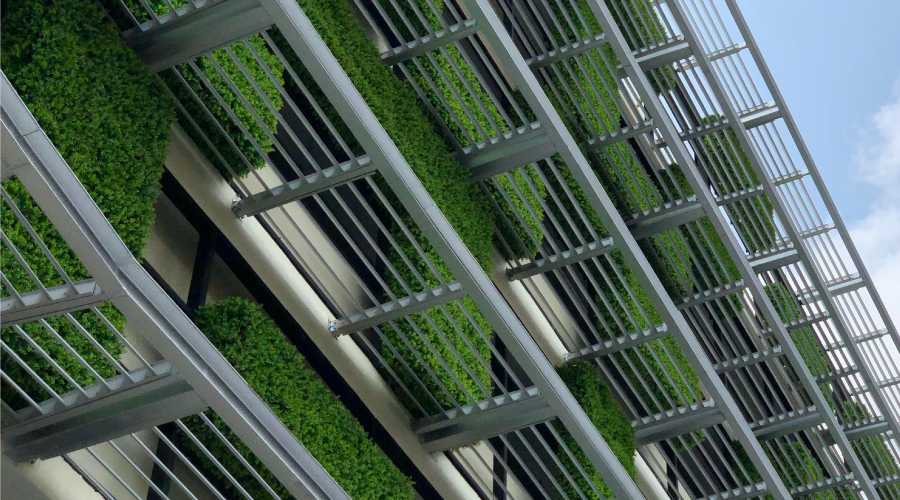Jay Black Uses Sustainability, High-Performance Efforts to Set SL Green Apart
Jay Black is now leading the charge for high performance and for sustainability as a competitive differentiator at SL Green, which bills itself as New York’s largest commercial-office landlord. There he is using such tools as “active retrofits,” real-time energy-use monitoring, and retrocommissioning. In 2004, however, when he started with the company as director of architecture for its suburban properties, sustainability was barely more than a buzzword, and buildings were traded about as frequently as baseball cards. Buy and flip was fashionable, and huge profits were there for the taking.
But after the Great Recession and its epic crash of the real estate market, the stock market, and just about every market in between, owners grew much more risk averse, and now are hanging on to assets longer. To be profitable, owners must do whatever is necessary to make buildings attractive to prospective tenants, as well as ensure that existing tenants are happy.
Nowhere is this truer than in the ultra-competitive New York City commercial real estate market. That’s why SL Green has made high performance a high priority.
Black is taking a multi-faceted approach to high performance buildings and sustainability for the company’s extensive assets — it has interests in 101 buildings and upwards of 42 million square feet. Most of the properties are in Manhattan, and most are owned, but the company has several suburban properties (where Black got his start) and also investment stakes in several properties.
There’s no silver bullet to sustainability, as Black readily admits, so he’s combining a series of what he calls “active retrofits,” such as LEDs, with operational strategies like real-time energy use monitoring and retrocommissioning, to help set SL Green’s properties apart from the pack.
“Sustainability has moved beyond what years ago people thought was going to be a fad,” says Black. “It’s become a differentiator, and a new paradigm for how value is added to real estate.”
That idea of sustainability as a differentiator in a competitive market is the main reason why Black was promoted to director of sustainability in 2011. It’s also why between 2010 and the end of 2015, SL Green will have spent a total of $43 million on sustainability upgrades. SL Green’s upper managers view sustainability as not only a sound investment, but also a smart business strategy, and have given Black a mandate to make it a portfolio-wide priority.
“We’re a long-term holder of our real estate,” says Steven Durels, executive vice president and director of leasing and real property for SL Green. “So (sustainability) is bottom-line effective. These investments do have a short- and medium-term payback. It’s an investment that does pay off.”
Part of that pay-off, Durels says, is that investors — SL Green is a publicly traded real estate investment trust (REIT) — see that the company is committed to implementing industry best practices. And, just as importantly, “many of our tenants and prospective tenants see sustainability as a priority for themselves. Tenants aren’t willing to pay a premium in rent, but sustainability is a differentiator when making a choice in buildings,” says Durels.
So far, so good — SL Green was just named a 2015 Energy Star Partner of the Year, in part due to the fact that it now has more than 10 million square feet of Energy Star-certified space, up from just 1 million five years ago. SL Green also has more than 2.4 million square feet of LEED-certified space, including 100 Park Avenue, an 825,000-square-foot, 36-story Manhattan office building, that was certified with LEED for Existing Buildings at the Silver level in 2009, and then re-certified at Gold in October 2014.
Related Topics:













